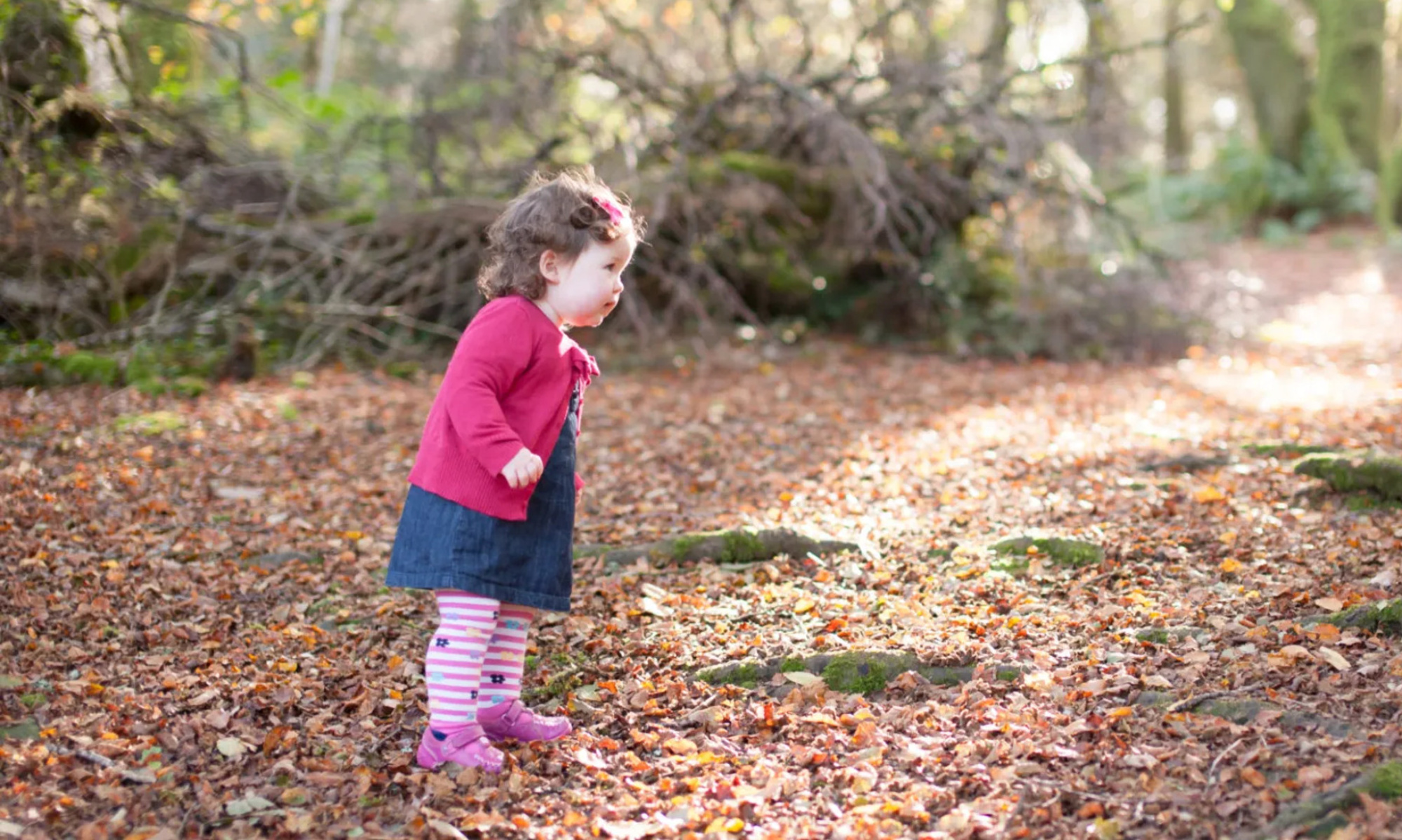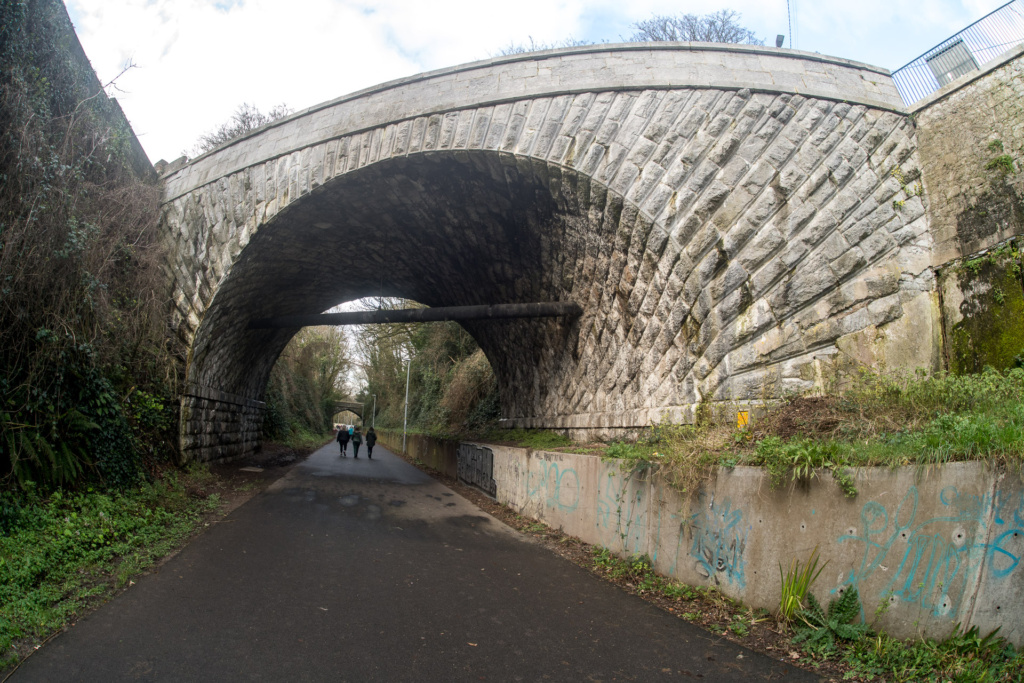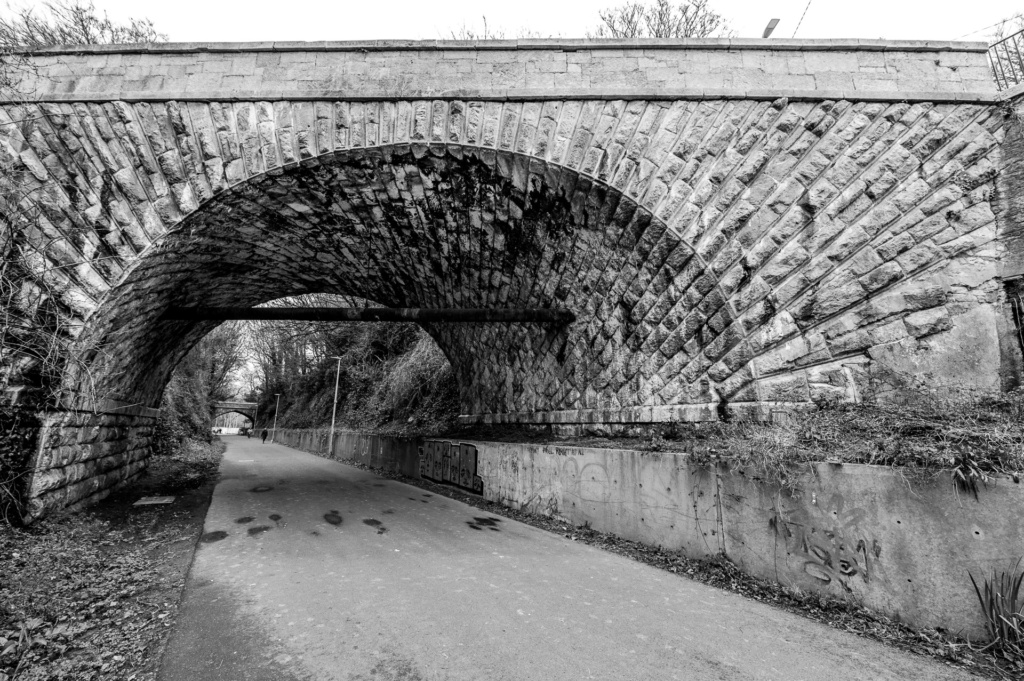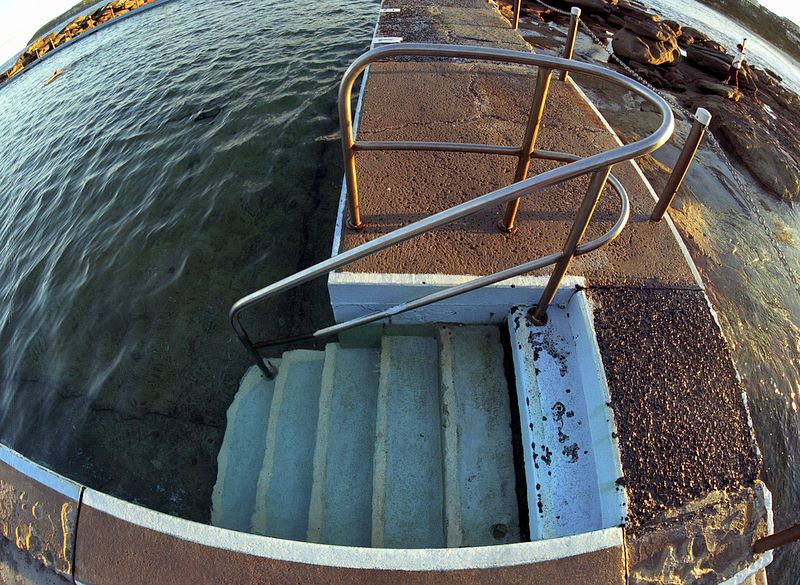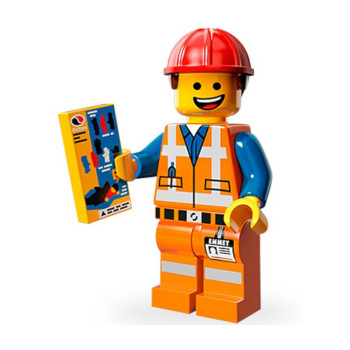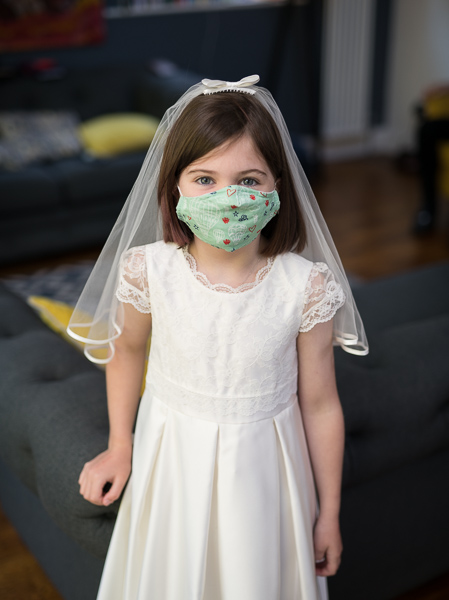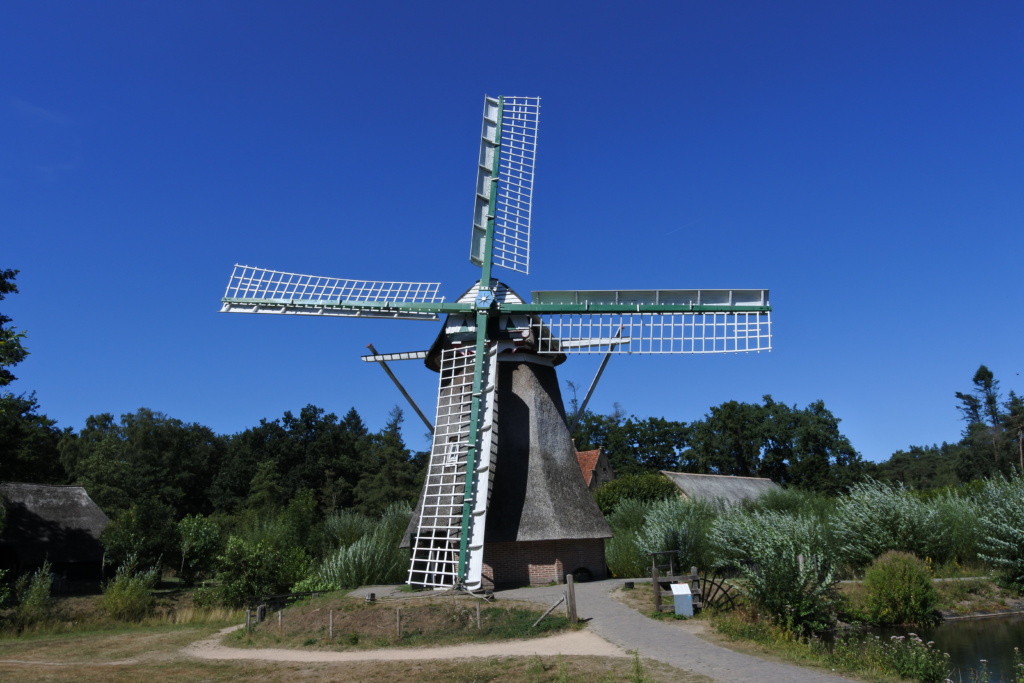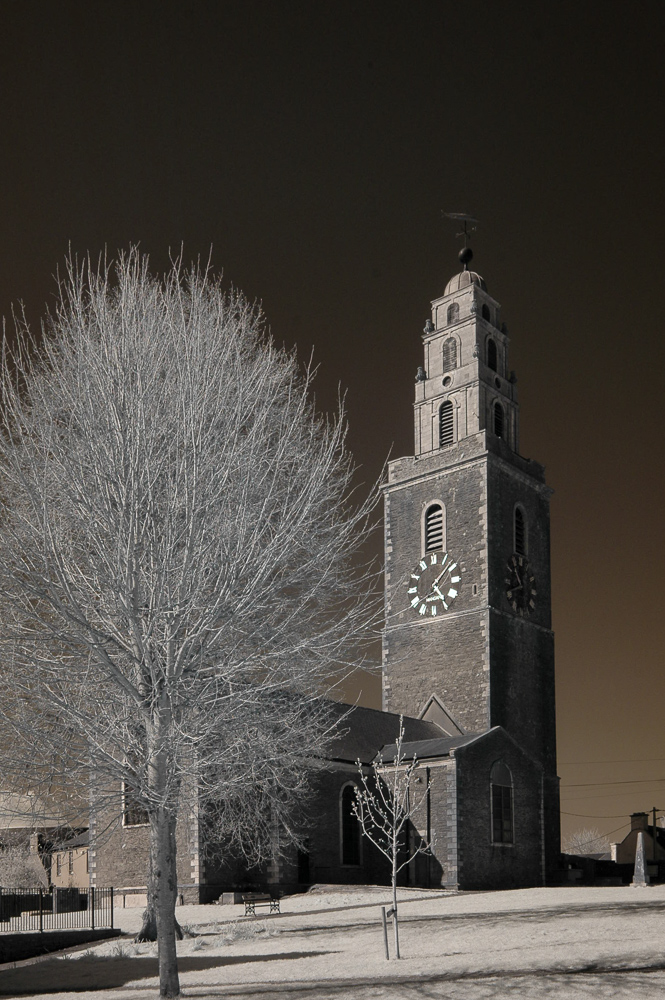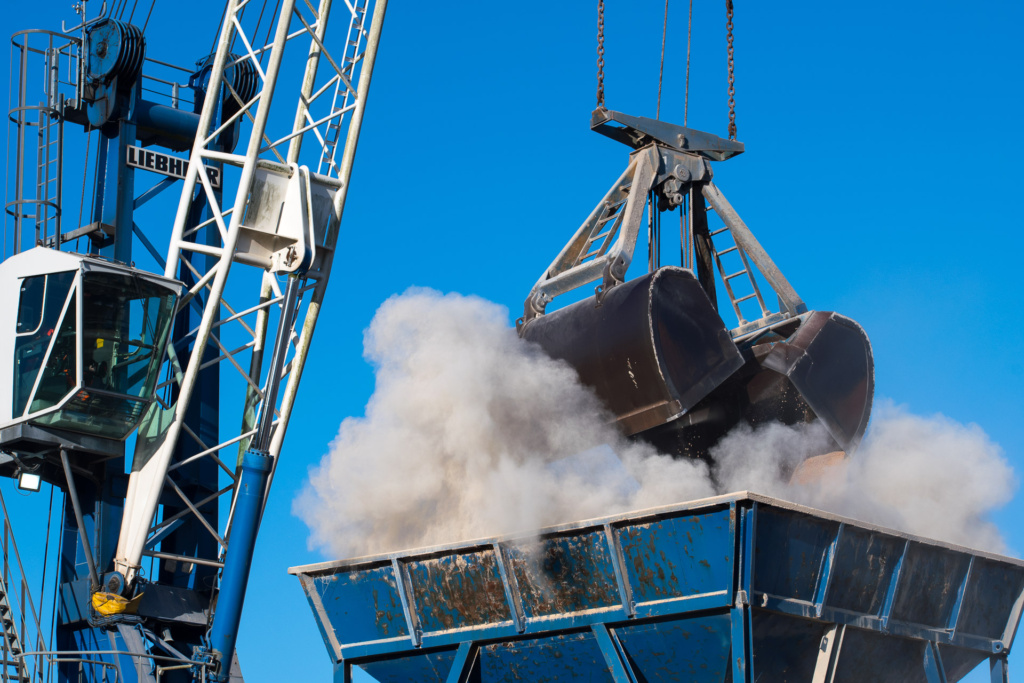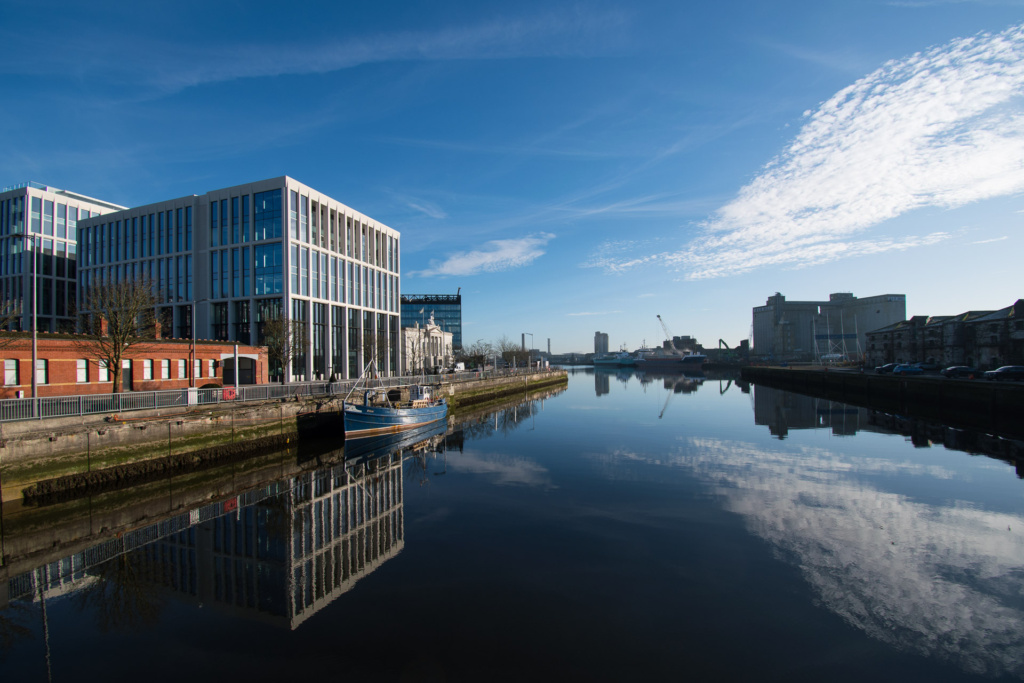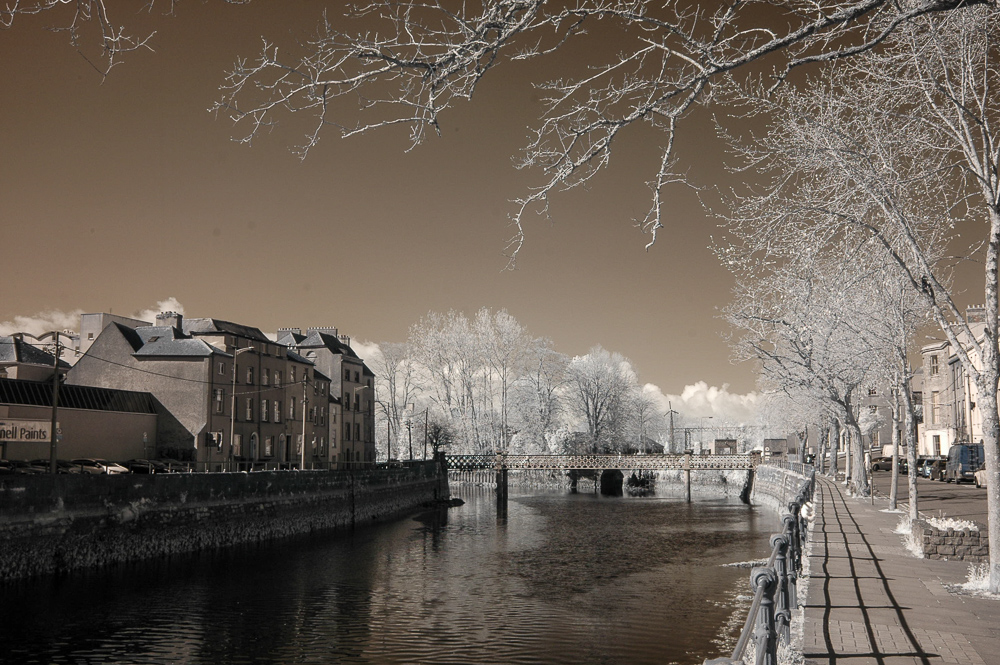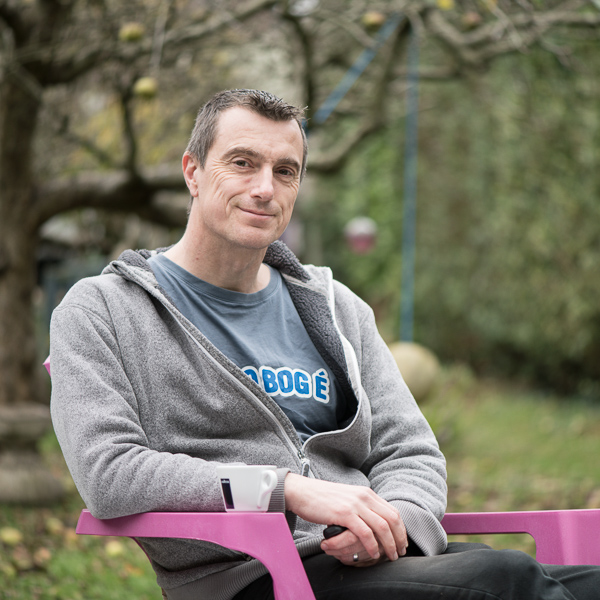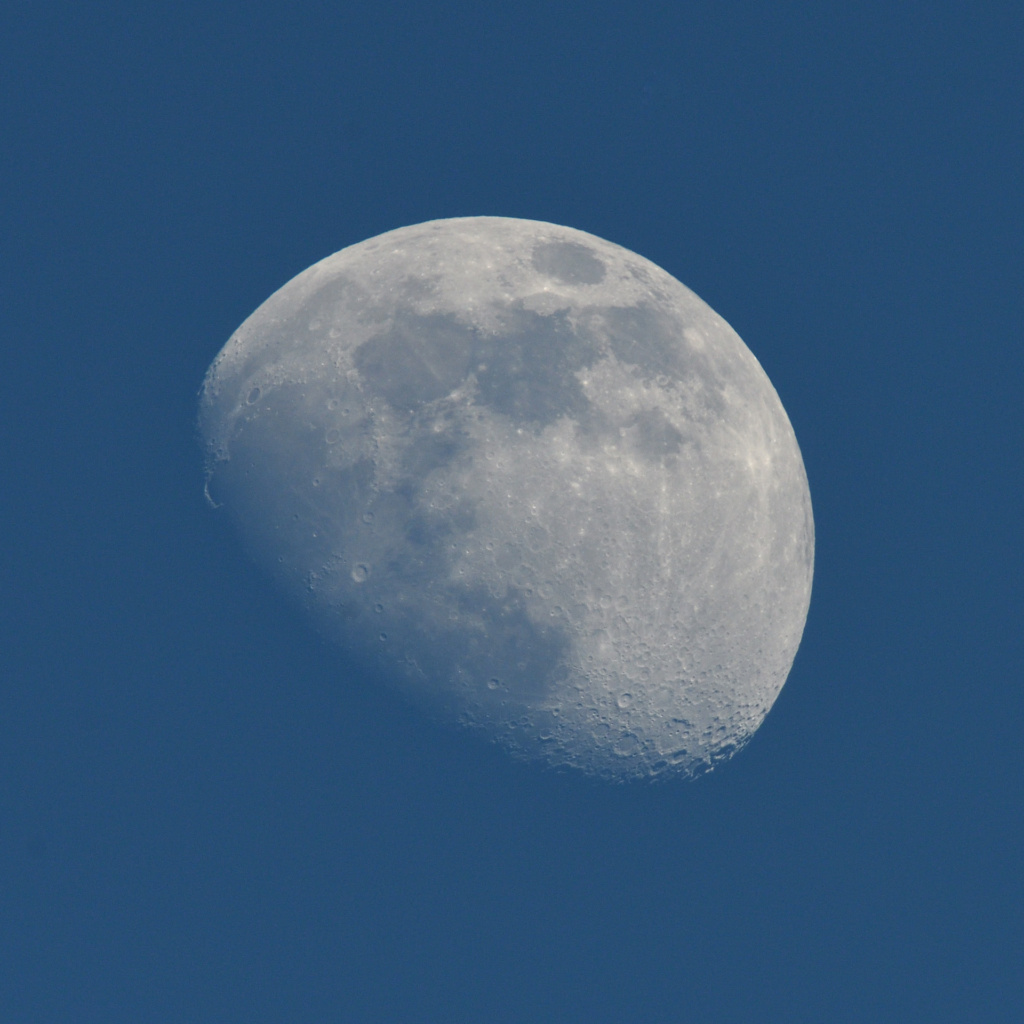
A student on my evening class asked about taking pictures of the moon. It’s a facinating subject and I think it’s become current with a prominent mobile phone Ad boasting the ability to take amazing moon photos.
I’ve never really dabbled but I know the theory, and my course notes have been updated with the following about taking photos of the moon:
- It’s very far away so it is very small. We often think it’s larger than it looks as our brains have the ability to ‘focus’ on the details of small things. But to the camera it’s small. You are going to need a long lens (or a telescope)
- It’s very bright, especially in the night sky so balancing the detail of the moon and anything lit with ambient light (or moonlight) on earth is tricky.
- It’s moving faster than you think. So if you are going for long exposures to balance out the ambient darkness then you can’t go too long before the moon itself will blur as it moves.
- Most of the stunning moon images you see on the internet are
- Double Exposures
- Dramatically enhanced in Photoshop
- Just pure fake (two images mixed: one of the landscape and a completely different photo of the moon taken with a completely different lens – and maybe not even at the same time).
Having recently finally acquired a long telephoto lens (the Sigma 150-600 Sport) I decided that I should really try and see just how hard it is to take a nice photo of the moon. And this weekend I was in the garden and notice a nice Gibbous Moon by twilight. Now I didn’t have a tripod at home so this is hand-held, so I had to tweak up the ISO and turn on the OS to keep it steady but I think it’s quite nice.
However, this isn’t just the a long lens shot:
- Taken at 600mm
- With a x1.4 teleconverter
- On a crop sensor camera (Nikon D500) – which is worth another x1.5
- And finally cropped about 50%
- Equivalent focal length, over 2000mm! Or around x40 magnification
Now this isn’t my specialist field. I do understand that the ‘large’ moons that we see on the horizon appear bigger partly because the light travels through more atmosphere (also making it less clear) but my understanding is that a lot of this is still pretty perceived so I stick by my belief that most of those dramatic moon-rise photos are faked!
So the question remains, how does a mobile phone, with it’s tiny sensor and lens package create stunning photos of the moon? It warrants more research but I read something that seems to suggest that the AI in the phone recognises that the moon is in the photo and ‘intelligently’ blends in stock or reference moon photos to your scene to make the moon look great. Don’t hold me to it, but it makes more sense than it being better than all the tech I used to create this simple image.
Now I’m off to find a landscape to paste this beauty in to…
